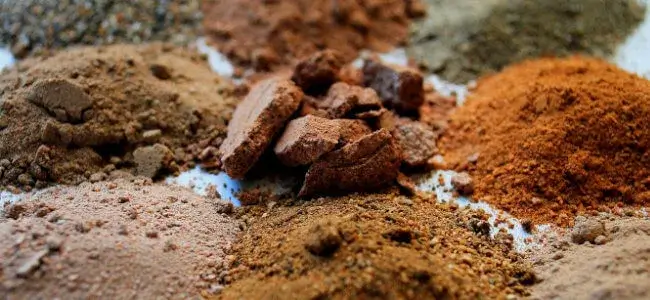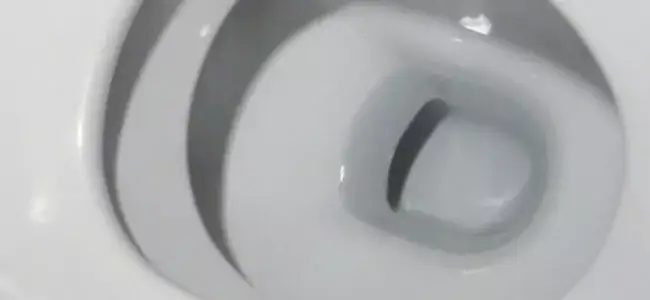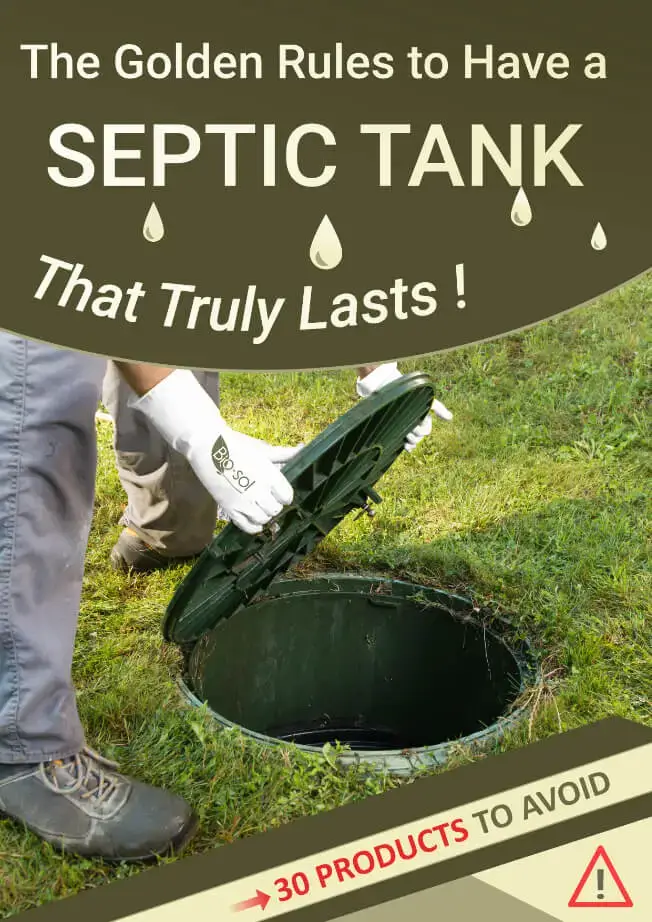Should we use septic tank additives and do they really work?

TABLE OF CONTENTS
There is a lot of debate raging on the effectiveness of septic tank additives. But the biggest reason why people are advised against using additives is the misconceived notion that a septic tank additive completely eliminates the need for pumping or other maintenance procedures. While it is true that additives improve the efficiency and longevity of septic systems, the septic system owner must still continue with the regular pumping schedule. Researchers from Purdue University remind every septic system owner to still continuing pumping their tanks every 3-5 years even when using biological additives.
What are septic tank additives made of?
The other reason why some people are against additives is a bad experience with some lousy additives that are on the market. So, what makes a good additive? Well, let’s look at the main ingredients used in the making of septic tank additives.
Chemical septic tank additives
The biggest demerit of chemical additives is that they work on the assumption that the septic tank has enough bacteria and enzymes. Unfortunately, this is seldom the case especially since most homeowners use products that harm the efficacy of bacteria. The following are some of the common components of chemical additives
Calcium
Calcium is one of the commonest ingredients in chemical additives. The main idea of using calcium as an additive is that it raises the pH levels in the sewage to create a conducive environment for optimal bacterial activity. This is based on the fact that natural bacteria activity lowers the pH levels in the septic tank hence the need for raising it via calcium. Theoretically, it sounds like a good idea but the problem is that calcium will actually do more harm than good. When the pH levels are raised in the septic tank, it might get too high and that will result in the death of beneficial bacteria. To make matters worse, the calcium might also become a flocculant which will end up making the solids to suspend in the septic tank and these eventually find their way into the leach field.
Sodium Bicarbonate
Some chemical additives use sodium bicarbonate as another pH buffering chemical. Sodium bicarbonate is better than calcium because it adds the alkalinity of the septic tank as opposed to adding the pH. This means you will not be at the risk of increasing pH levels to dangerous levels like is the case with calcium.
Flocculants/ surfactants
Flocculants and surfactants work by reducing tension between molecules. Soap is the most common example of this principle at work – soap joins FOGs with water thereby allowing them to flow easily. Additives that use these products use the same principle to allow the solids to break down and flow easily with the wastewater. But flocculants and surfactants are a bad idea for septic tanks because the solids in the wastewater will leave the septic tank before they are treated. But there is an exception to the rule when using biosurfactants in combination with bacteria. In such a case, the biosurfactant will actually assist the bacteria in the digestion of organic matter.
Nutrients
Some septic tank additives aim to introduce food in the septic system. Like any other living organism, bacteria need food for sustenance. These additives, therefore, add minerals, carbon, grain, meat, protein and other forms of food for the bacteria. But there are two main problems with these additives. First of all, they work on the assumption that the septic tank has the right type of bacteria and in good proportions. Secondly, giving bacteria another source of food is counterproductive because the whole idea of the septic tank is for the bacteria to feed on the organic waste in order to liquefy it in the process.
Enzymes
Enzymes are naturally produced in our bodies to help in breaking down the food so that our bodies can absorb the nutrients more easily. Enzymes play an almost similar role in septic tanks. They break down the complex molecules thereby making them more palatable for the bacteria. Yeast is one of the commonly used products in the manufacture of enzymes but its main challenge is it doesn’t have the enzymes needed for the degradation of FOG and hair protein. Enzymes need to work in tandem with bacteria so it doesn’t make sense to use an additive that only introduces enzymes without bacteria into the septic tank. Bio-Sol’s additives are made from both enzymes and bacteria to avoid this common conundrum. The enzymes that are in Bio-Sol’s additives are;
- Lipase, which transforms the molecular structure of fats to water
- Amylase, which digests starches by transforming them into a soluble solution
- Protease, which eliminates odors and liquefies solid wastes
- Cellulase, which helps in the breaking down of toilet paper
CAUTION: Even though yeast has some enzymes, it is not advisable to add yeast into the septic system. Since the yeast doesn’t have bacteria, your system might get an enzyme/bacteria imbalance and that will result in frothing which can result in pushing suspended solids into the leachbed before they are digested by bacteria.
Bacteria
Every time you flush the toilet after passing stool, the correct bacteria is added into the septic tank together with the excrement. Bacteria are part and parcel of the human body digestive secretions. These bacteria function optimally in a balanced pH and at body temperature. So why would you need to add additives with bacteria to the septic system? Well, there are a couple of reasons. First and foremost, adding specialized bacteria in the system will help to make the system more efficient because the specialized bacteria are designed to handle greater temperature fluctuations as well as greater fluctuations in pH values. Secondly, most homeowners unknowingly flush down harmful substances that end up killing bacteria on a daily basis. As bacteria get depleted and the pH levels messed up with because of the harmful products, it is a good idea to use a good biological additive to replenish the system. Bio-Sol’s biological additive introduces billions of bacteria and enzymes into your septic system and this is why it has proven to be successful in cleaning septic systems.
Conclusion
Chemical septic tank additives can actually harm the septic tank by killing the bacteria as well as polluting the environment. It is, therefore, a good idea to avoid them altogether. Biological additives, on the other hand, are safe for the environment, safe for the septic tank, and actually help to improve the efficiency and longevity of the septic tank. The only caution when using biological additives is to always remember that not all biological additives are made equal. Go for additives that are made purely from bacteria and enzymes, like Bio-Sol’s additives which are made from Bacillus bacteria.
OUR LATEST BLOG POSTS

Strange facts about septic systems
If you are a septic system owner, you might have heard all manner of myths. For instance, there is a common myth that throwing a dead cat in the septic tank can help rejuvenate bacteria and thereby make the septic tank more effective. But is this even true? In this article, we will not only answer that […]

Soils types and their impact on septic systems
SOILS TYPES AND THEIR IMPACT ON SEPTIC SYSTEMS However good your septic system is, it depends on the right soil type to complete the process of purifying the wastewater from your home. The soil type in the drainfield area will determine how well the effluent is filtered and if the water that is sent back to the […]

Avoid flushing these if you have a septic tank
Most homeowners wrongfully assume that their toilet can serve as some sort of garbage disposal. As a result, they end up flushing all manner of things in the toilets. Some of the things that are flushed down the toilet are actually innocent mistakes because homeowners think that is the right way to dispose of the products while in other cases, it is just a don’t care attitude. Whichever the case may be, flushing some of these things can result in septic system failure and it could cost you a fortune. We have rounded up some of the commonly-flushed products that you should never flush if you have a septic system.
PERFECT! I WOULD NEED...
Discover which products are the best for your needs!You can contact us at 1-800-378-6132 (toll free) or click on the following button to access our free online evaluation.
GET A QUOTE ONLINELog in to your account
Whoops! It happens sometimes...
CREATE A NEW ACCOUNT
CONGRATS!
You are now registered and ready to go. You can add and change any of your information on your client profile.
Unfortunately, we do not ship our products to the USA at the moment.
But, if you live in the United States and would like to order them, please fill in the form below. You will then be notified as soon as they are available in your country.
Thank you for your understanding!
Malheureusement, nous n’expédions pas nos produits en France pour le moment.
Mais, si vous êtes résident français et aimeriez les commander, remplissez s’il vous plaît le formulaire ci-dessous. Nous pourrons ainsi vous aviser aussitôt qu’ils seront disponibles dans votre pays.
Merci de votre compréhension!

-
30 products to avoid
-
What to replace them with
-
And everything you should know about your septic system
DOWNLOAD THIS FREE EBOOK!
Which email address should we send it to?


